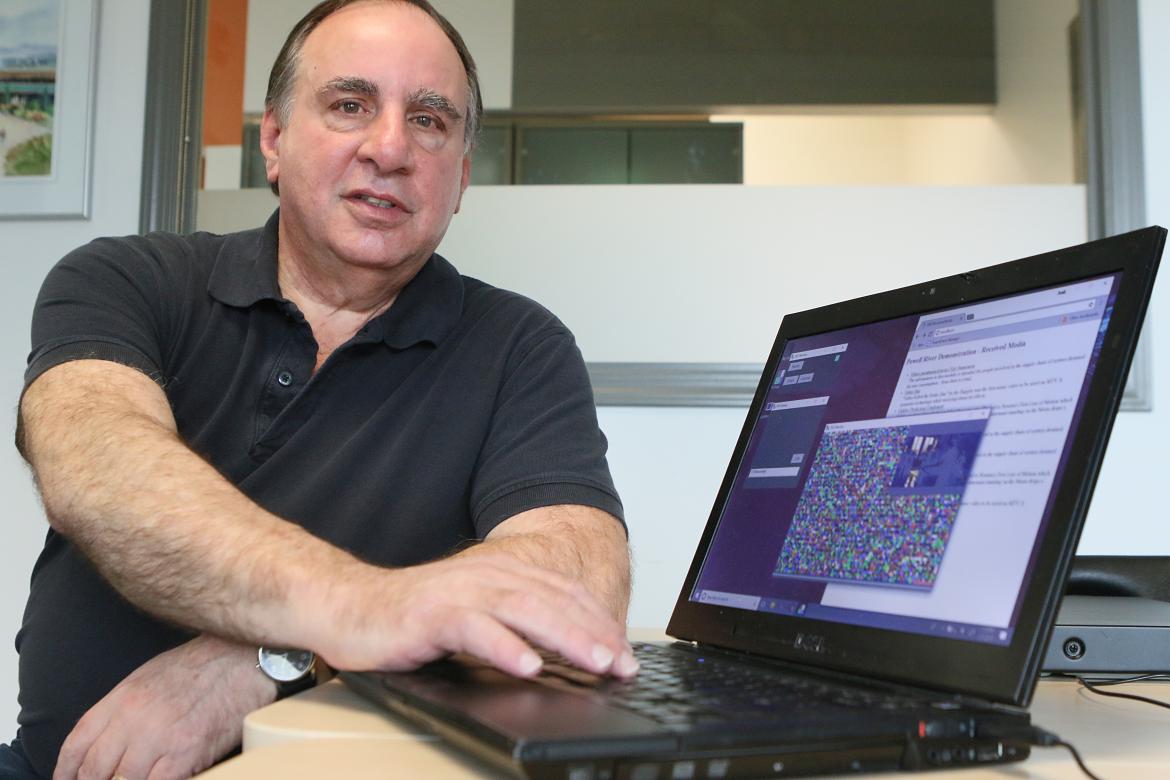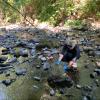
Frank LoPinto, a Physics instructor at Vancouver Island University (VIU) and founder of Pixelstream Communications, is working with VIU’s Powell River Campus on a field test to send information with television broadcasting technology.
March 16, 2018 - 11:30am
VIU partnering with Pixelstream Communications to field test technology
What if you could turn the world’s television infrastructure into a system that can broadcast data that people access on the Internet?
It could help people in remote communities gain access to information they might not otherwise be able to obtain, says Frank LoPinto, a Vancouver Island University (VIU) Physics instructor and founder of Pixelstream Communications.
After successful lab tests, LoPinto is hoping to do a field test and broadcast content to VIU’s Powell River Campus for a distance learning course.
“The VIU Powell River Campus is pleased to be an active participant and provide resources to LoPinto in validating his technology,” said Gregory Cran, Campus Administrator. “His vision to provide much-needed, web-based communication to areas without Internet is a lofty goal.”
LoPinto said the field test results will be used to understand how the technology can serve remote communities throughout British Columbia, Canada and around the globe.
“I think it is going to change lives. It is going to allow people to access information interactively and it is going to be current information,” said LoPinto. “The most immediate impact will be on students taking distance learning courses who live in places where Internet connections aren’t possible.”
How does it work? LoPinto will use existing television infrastructure to function as a broadcasting system. Software will convert a file into a colour stream. It will then display the colours using a video that is made for TV. The received video, or colour stream, is then turned into a copy of the original file, which the person on the receiving end can download. Several pages of information can be sent in a transmission. Once the file is downloaded people will be able to interact with the information the same way they do a webpage. However, only links that include information that was broadcast will work.
It could be just the tip of the iceberg in terms of possibilities, he said.
“Once people see how it works the number of applications will be tremendous,” said LoPinto.
-30-
MEDIA CONTACT:
Rachel Stern, Communications Officer, Vancouver Island University
P: 250.741.2020 | C: 250.618.7296 | E: rachel.stern@viu.ca | T: @VIUNews
Tags: tiwšɛmawtxʷ campus (Powell River) | Research






